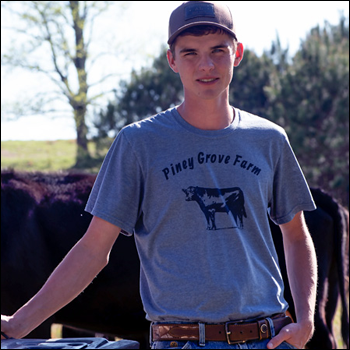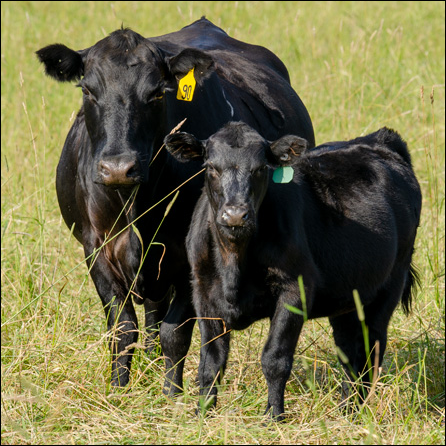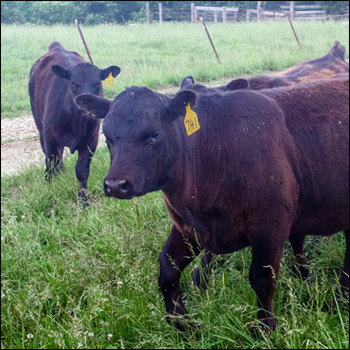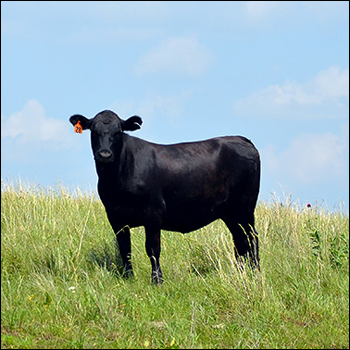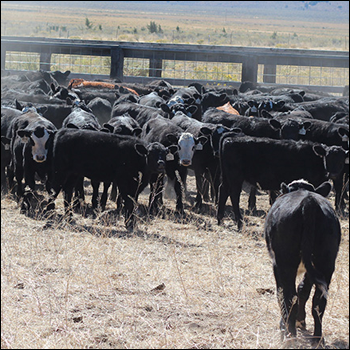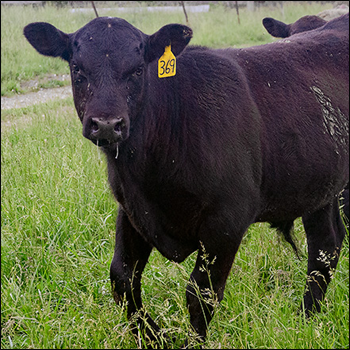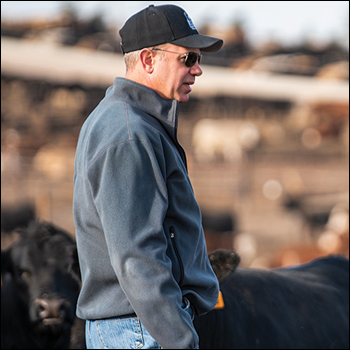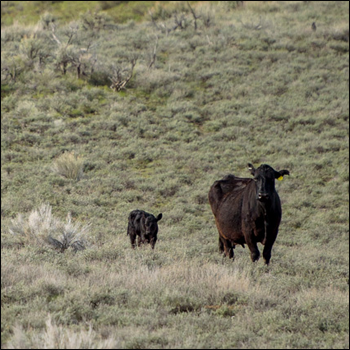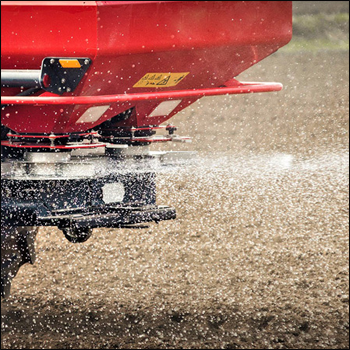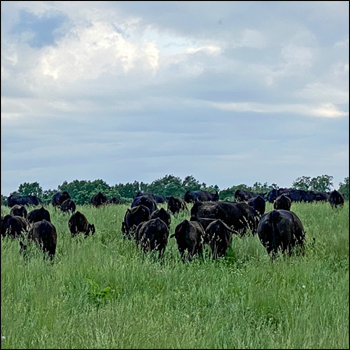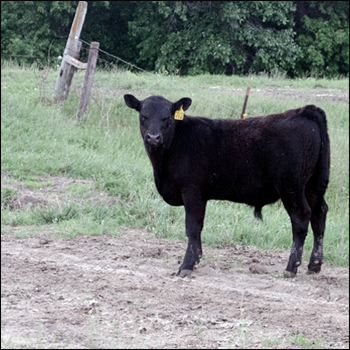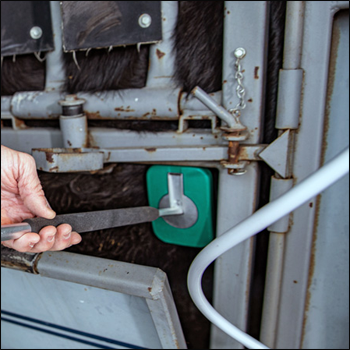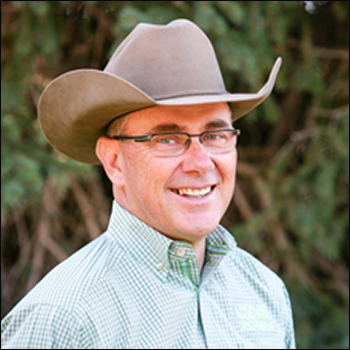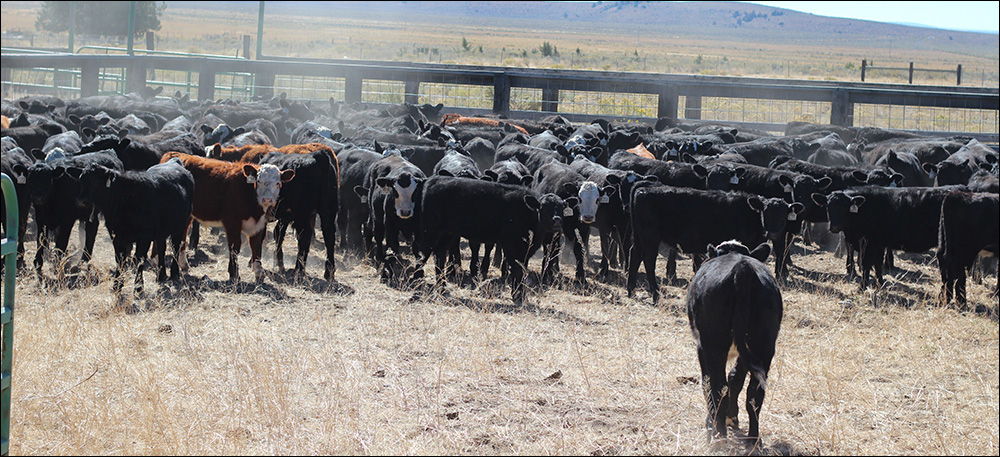
Benefits of Early-weaning Calves
An early-weaned calf is a flexible option in the marketplace.
Sometimes weaning calves earlier than traditional weaning dates can be a good strategy. For producers whose pastures were drought-stressed in 2021, early weaning might be something to consider, according to Bart Lardner, a professor in the Department of Animal & Poultry Science at the University of Saskatchewan. This might mean weaning a month or more earlier than usual, or even weaning calves at 3 to 4 months of age.
“We need to make sure the calf’s rumen is functioning and adjusted to a forage diet. We need to realize that we need to get calves weaned with the least stress possible,” he says.
Lardner recommends setting a goal for the calves’ target weight at sale time. He also suggests understanding how the calves will grow after weaning.
“What is your expected average daily gain? Is it 1 pound per day, or 1½ to 2 pounds per day? Expected feed intake for those calves would be 9 to 11 pounds per day,” he says. “They need some forage, with enough energy and protein in the diet. On the energy side, they need 56% to 60% total digestible nutrients (TDN) and on the protein side 11% to 13%.”
Depending on forage quality, a supplement may be needed — especially if forages are low-quality because of drought.
“What I’ve found over the years is that calves 3 to 6 months of age on a typical grass-based pasture or native range will not gain more than 2 pounds per day, and in a drought it will be less than 2 pounds,” he says. “If that’s not acceptable, you must feed a supplement.”
This might be pellets or barley, or something else to provide extra energy. Because the calves are growing quickly, Lardner suggests feeding them 3 to 4 lb. of supplement per day. Providing the proper mineral balance is also important. The main idea is to make sure the rumen is functional and can handle various fiber sources, he says.
“We’ve looked at all kinds of fiber sources for cows other than a typical hay bale, and options might include salvaged crops. But with calves, you want to make sure they can handle the feed and keep gaining and growing,” he says. “Basically, you are backgrounding them early.”
They need a ration appropriate to their stage of growth and development, so they can hit whatever target weight you shoot for at the time you sell them — maybe at 600 to 700 lb.
A benefit of early-weaned calves is that they are already backgrounded and weaned when it comes time to sell. This makes them more saleable. This particular age of cattle are also very flexible when it comes to marketing, notes Lardner.
“This can be part of a drought plan — weaning calves early and timing marketing as needed,” Lardner says. “Each month, have a plan for what to do if you don’t get rain. You could move this group of animals, or that group of animals, when necessary. You are destocking, but with a plan.”
Editor’s note: Heather Smith Thomas is a freelance writer and cattlewoman from Salmon, Idaho. Photo by David Bohnert.

Angus Proud
In this Angus Proud series, Editorial Intern Jessica Wesson provides insights into how producers across the country use Angus genetics in their respective environments.
 Angus Proud: Scott Sproul
Angus Proud: Scott Sproul
Oklahoma operation learned wisdom of moving calving season to better suit their marketing needs.
 Angus Proud: Bubba Crosby
Angus Proud: Bubba Crosby
Fall-calving Georgia herd uses quality and co-ops to market calves.
 Angus Proud: Jim Moore
Angus Proud: Jim Moore
Arkansas operation retains ownership through feeding and values carcass data.
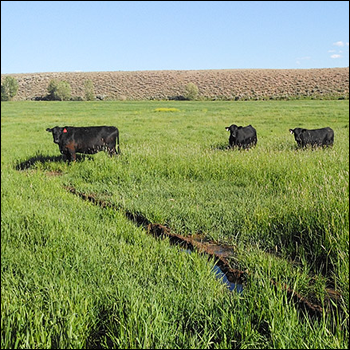 Angus Proud: Stephen Shiner
Angus Proud: Stephen Shiner
Idaho operation rotates pastures in summer and raises crops for winter.
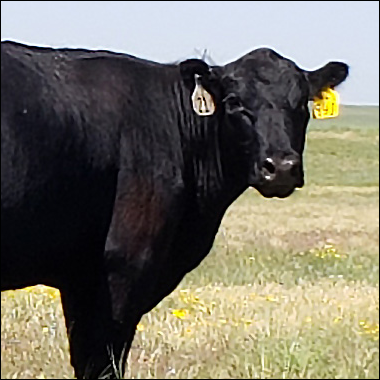 Angus Proud: Brian Nusbaum
Angus Proud: Brian Nusbaum
Angus cattle fit cattleman’s marketing goals and helped him set out on his own.
 Angus Proud: Les Shaw
Angus Proud: Les Shaw
South Dakota operation manages winter with preparation and bull selection.
 Angus Proud: Jeremy Stevens
Angus Proud: Jeremy Stevens
Nebraska operation is self-sufficient for feedstuffs despite sandy soil.
 Angus Proud: Dave Rutan
Angus Proud: Dave Rutan
Angus breeder gets the most out of his bull investment by partnering with opposite calving-season operation.
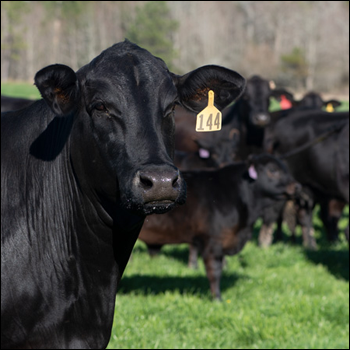 Angus Proud: Nickey Smith
Angus Proud: Nickey Smith
AngusLink helps Louisiana cattleman gain more for his calves.
